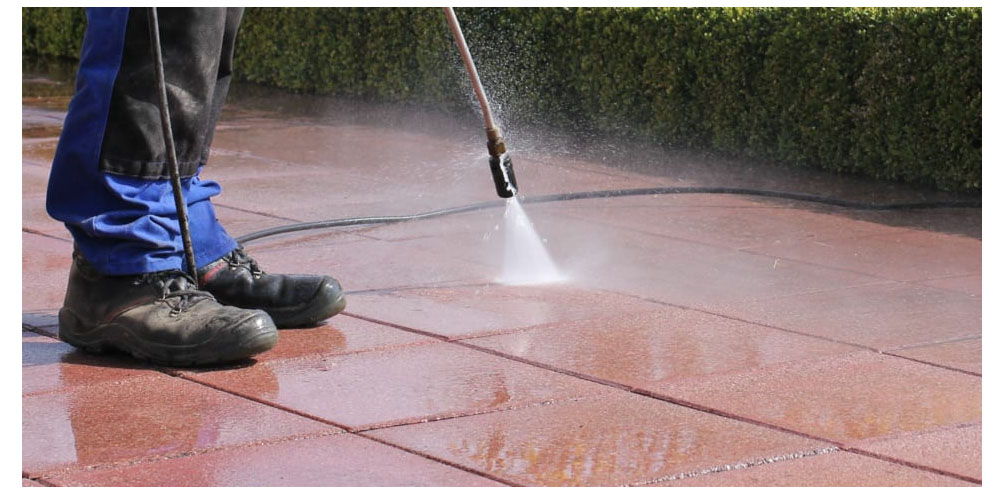Cleaning can be a challenging and hectic task, especially when dealing with surfaces like brick walls and pavements. Pressure washers are the solution for challenging cleaning tasks. They will help you clean out paint from floors and walls, stubborn stains from mats and brick walls, and dirt from various surfaces. You can also use them for cleaning vehicles. In a nutshell, a pressure washer works wonders on stains and dirt, especially in Max. Pressure. This blog answers the question, “how does a pressure washer work?”
An explanation of how a pressure washer works
There are different types of pressure washers. They differ in designs, components, and other elements. However, despite their differences, their working mechanisms are the same. Their purposes or functions are also the same. Below is a guide for how pressure washers work;
Step 1: Water storage
The pressure washer’s inlet is connected to a water supply like a tap. The water from the tap goes into the pressure washer’s tank. The amount of water depends on the tank’s size. Most pressure washers come with a water filter to clear any dirt particles before the water gets into the tank. The filters are mandatory because dirt particles can deteriorate the devices.
Depending on the application type, you can also add detergent or cleaning agents to the water through the inlet. However, some pressure washer designs come with special compartments for soap.
Step 2: power source activation
Not all pressure washers use the same power source. Some are electricity-powered, while others are gas-powered. Therefore, how this step works depends on the type of power source. For instance, gas-powered pressure washers are usually activated by rotating a crank, while electric ones are connected to a power outlet. When the power source is activated, it drives the pump system.
Step 3: Water release
The next step of the process is the water release. This is done by pulling the engine to release or open the outlet. Pulling on the engine causes the pump to activate. The pump is responsible for getting water through the hose. It also builds up the water pressure. The hose, known to many as the pipe, transports the water to the gun. The water comes out of the pressure washer through the gun. The gun is located at the mouth of the water hose. The pump, hose, and gun are specially designed to maintain the water pressure until it leaves the machine.
Take note
The water pressure is usually achieved thanks to the pressure valves and the injectors. These components work together to build up and maintain the water pressure. The power source also determines the water pressure. For instance, gas-powered pressures usually generate more pressure than the latter.
Conclusion
Pressure washers can generate between 1500 to 3000 PSI (pressure per square inch). This ensures that the water pressure is strong enough to eliminate even the toughest dirt and stains. Many people use pressure washers as an alternative to garden hoses. This is primarily because of their added benefits (high water pressure output). However, pressure washers are not used for gardening tasks, only cleaning.
















